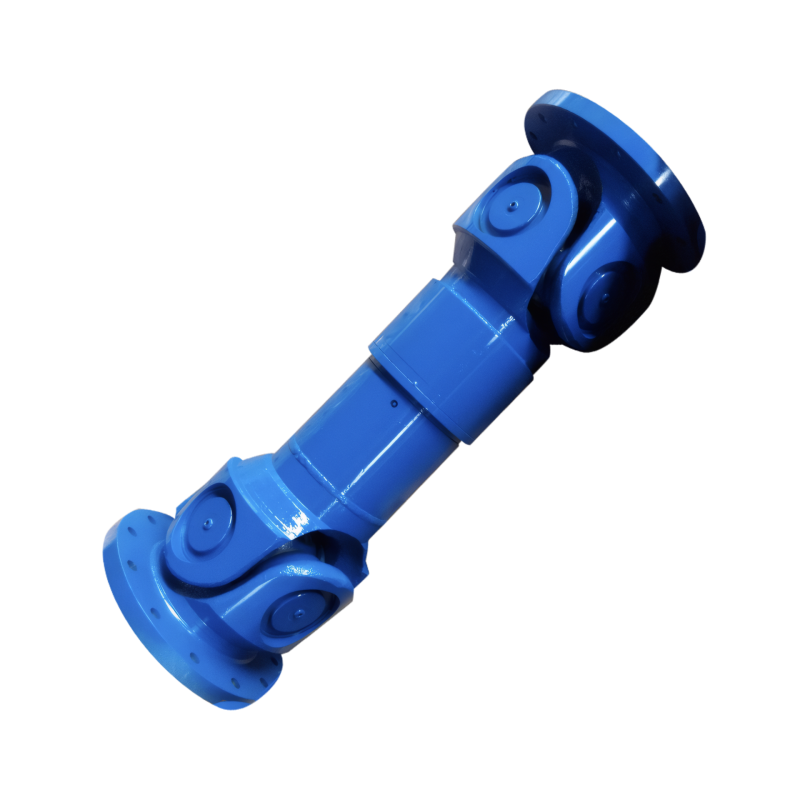Selection of maintenance tools for drive shafts
Essential Tools for Drive Shaft Maintenance and Selection Criteria
Proper drive shaft maintenance requires specialized tools to ensure accurate adjustments, secure fastening, and precise measurements. Selecting the right equipment improves maintenance efficiency while preventing component damage during service procedures.
Fastening and Adjustment Tools
Drive shaft maintenance demands precision torque application for critical components like flange bolts and universal joint yokes. Torque wrenches with adjustable settings enable technicians to apply manufacturer-specified force levels, preventing over-tightening that could distort components or under-tightening that might cause loosening during operation.
Specialized Wrench Types
- Spline wrenches: Designed specifically for drive shaft spline nuts, these tools provide proper engagement to prevent rounding off bolt heads
- Flange wrenches: Feature thin profiles to access bolts in tight spaces between transmission and differential flanges
- Adjustable jaw wrenches: Useful for varying bolt sizes on different drive shaft components
When working with universal joints, use open-end wrenches that match the yoke nut dimensions to maintain proper leverage during removal and installation.
Measurement and Alignment Equipment
Accurate measurement tools help detect misalignment, imbalance, or wear in drive shaft assemblies. Dial indicators mounted on magnetic bases enable precise runout measurements by tracking shaft movement within thousandths of an inch.
Diagnostic Measurement Applications
- Angular displacement: Measure universal joint operating angles using protractors or digital inclinometers
- Axial movement: Check for excessive play in slip yokes with dial indicators
- Concentricity: Verify shaft straightness by rotating it between V-blocks while monitoring indicator readings
For dynamic balancing, vibration analyzers capture frequency spectra to identify imbalance patterns. These devices help determine corrective weight placement and quantity based on measured vibration amplitudes at specific RPM ranges.
Cleaning and Lubrication Supplies
Effective maintenance requires removing old grease and contaminants before applying fresh lubricant. Nylon brushes with varying bristle stiffness clean spline teeth without damaging metal surfaces, while compressed air systems blow out debris from hard-to-reach areas.
Lubrication Application Methods
- Grease guns: Manual or pneumatic models deliver precise amounts of high-temperature grease to universal joints and splines
- Needle applicators: Attach to grease fittings for targeted lubrication of CV joints and intermediate bearing assemblies
- Solvent dispensers: Controlled spray systems apply cleaning solvents to dissolve hardened grease deposits
When selecting lubricants, consider base oil viscosity and thickener type based on operating temperature ranges. Synthetic greases offer superior performance in extreme conditions compared to conventional petroleum-based products.
 Customized design of drive shafts for special vehicles
Customized design of drive shafts for special vehicles
 The durability of the drive shaft for off-road vehicles
The durability of the drive shaft for off-road vehicles
 Introduction to the structural strength of truck drive shaft
Introduction to the structural strength of truck drive shaft
 The layout of the drive shaft for a four-wheel drive vehicle
The layout of the drive shaft for a four-wheel drive vehicle
 简体中文
简体中文 English
English
